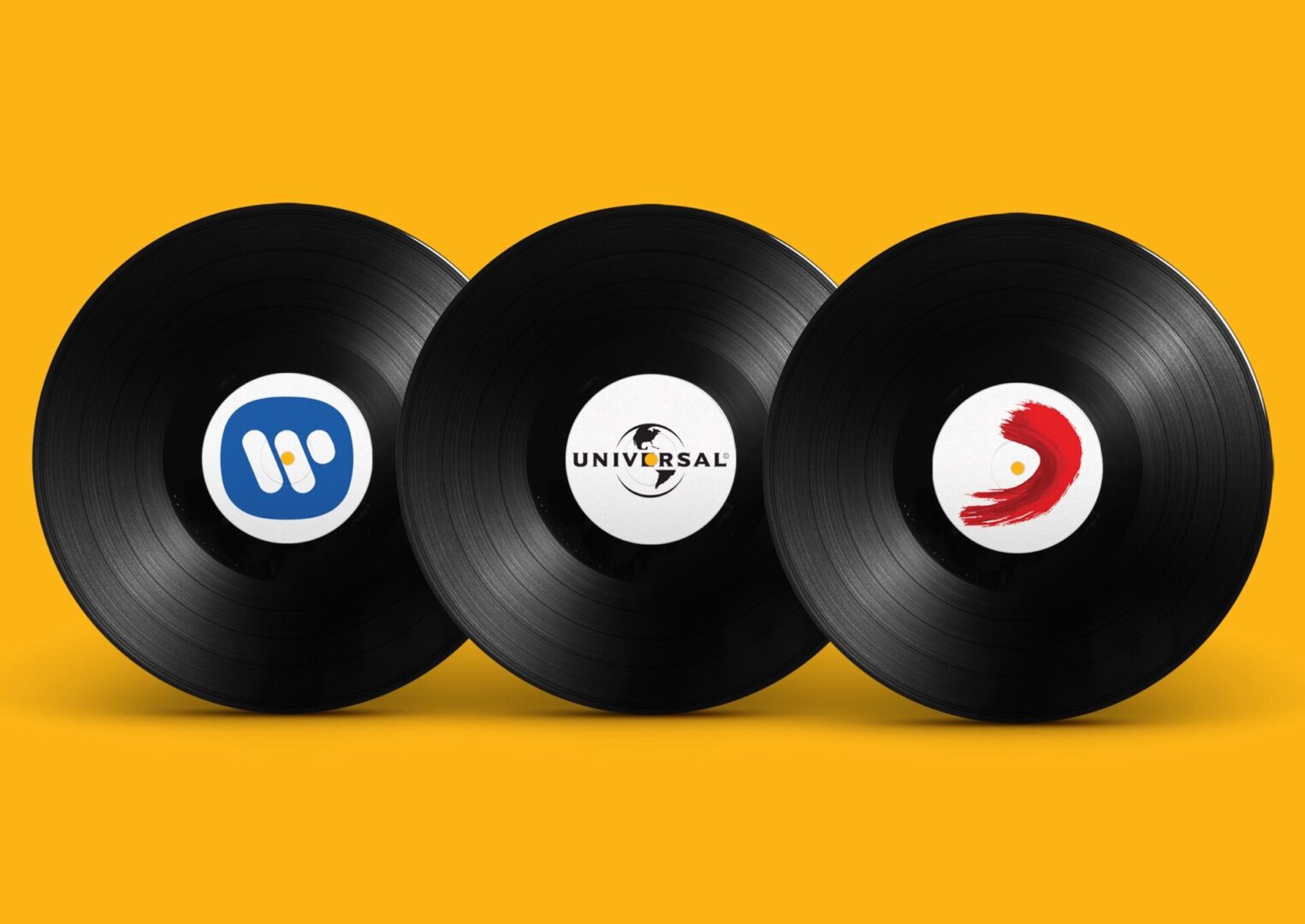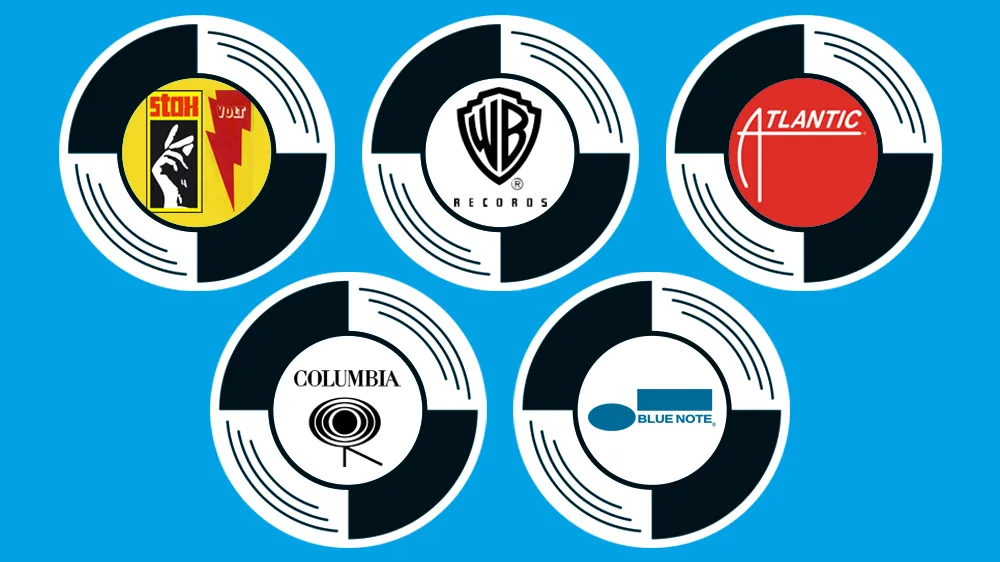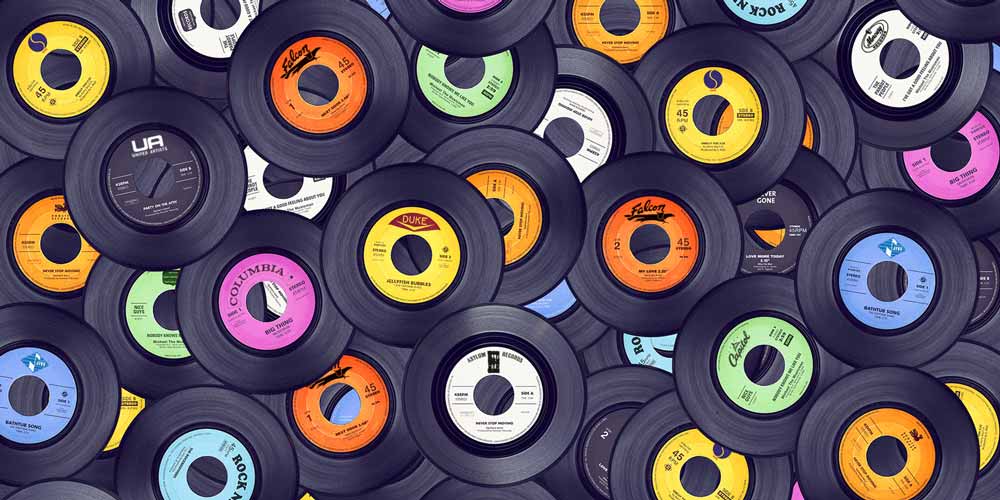In highly competitive music, where millions of songs are released every day, record labels play a crucial role in ensuring that an artist’s work reaches the top of the charts. However, chart performance is not solely based on the quality of the music; it also heavily relies on strategic marketing. From crafting the right image to leveraging digital platforms, labels use an array of marketing tactics to push songs to the top. But how exactly do they do it?
Let’s explore the different marketing techniques that labels use to uplift chart performance, whether it’s promoting a new single, shaping an artist’s image, or utilizing data to target the right audience.
1. Building an Engaging Brand Image
One of the first steps labels take in boosting an artist’s chart performance is crafting a powerful and engaging brand image. This brand image goes beyond just the music—it encompasses how the artist is perceived in the public eye. Labels work on creating a consistent persona for the artist that aligns with current market trends and audience preferences. This could mean curating a stylish, edgy, or relatable image that appeals to fans and helps them connect with the artist on a deeper level.
Having a strong brand image also extends to social media presence, where an artist’s personality is showcased, further boosting fan engagement. Labels utilize strategies like scheduled posts, influencer collaborations, and unique content creation to ensure the artist stays in the limelight and consistently engages with their audience.
2. Leveraging Digital Platforms and Streaming Services
The rise of streaming platforms such as Spotify, Apple Music, and YouTube has revolutionized the way music is consumed. Labels now focus their marketing strategies around these platforms to increase chart performance. From securing playlist placements on Spotify’s editorial lists to creating viral challenges on TikTok, labels use digital platforms to gain visibility and streaming numbers that directly impact chart rankings.
Streaming numbers have become a significant factor in how songs are ranked, with playlists on popular platforms acting as powerful promotional tools. By collaborating with streaming platforms, labels ensure that their artist’s track is included in high-traffic playlists, thus driving up streaming counts and pushing songs further up the charts.

3. Utilizing Data-Driven Marketing for Targeted Promotion
In today’s digital age, data-driven marketing has become a game-changer for the music industry. Labels harness a vast amount of data from social media engagement, streaming habits, and even radio play to create highly targeted promotional strategies. This allows them to identify who the artist’s listeners are, where they are located, and what their music preferences are.
With this data in hand, labels can develop precise marketing campaigns that speak directly to the artist’s core audience. For example, if an artist’s music is gaining traction in a specific region, labels can target digital ads or promote the song more aggressively in that area, creating a localized marketing push that drives up chart performance.

4. Strategic Collaboration and Feature Appearances
Collaborations and feature appearances have long been a marketing tactic used by labels to boost chart performance. By pairing an up-and-coming artist with a more established one, labels create a mutually beneficial relationship that helps both parties gain exposure. The added attention from an already successful artist can give the new artist the push they needs to gain more listeners and climb the charts.
In addition to collaborations with other musicians, labels often arrange features with influencers, brands, and even celebrities. These cross-industry collaborations serve as additional promotional tools, reaching a broader audience and attracting fans who might not otherwise listen to the artist’s music.


